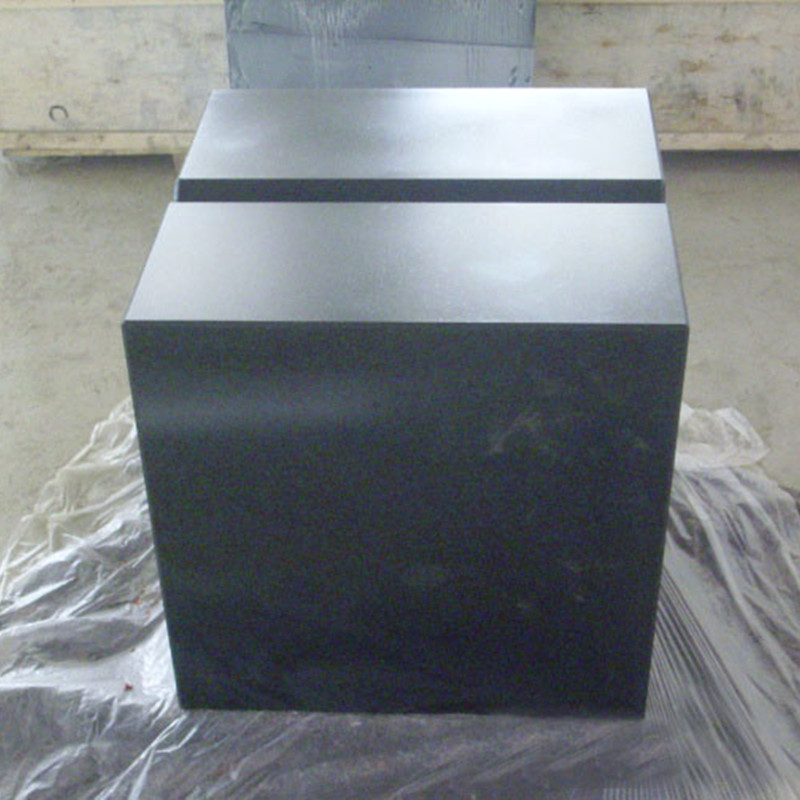Oct . 12, 2024 08:34 Back to list
Understanding Different Types of Snap Gauges for Precision Measurement
Understanding Snap Gauge Types A Comprehensive Overview
Snap gauges are essential tools in precision measurement, widely used in various industries such as manufacturing, automotive, and aerospace. They serve a critical function in quality control processes, enabling manufacturers to ensure that their products meet specific dimensional tolerances. This article examines different types of snap gauges, their applications, advantages, and how they contribute to product quality.
What is a Snap Gauge?
A snap gauge, also known as a snap gauge caliper, is a mechanical measuring instrument designed to check the dimensions of an object quickly and accurately. Unlike conventional calipers, snap gauges are specifically designed to measure parts in a single position. They typically consist of a rigid frame, measuring tips that touch the workpiece, and a mechanism for displaying or recording measurements.
Types of Snap Gauges
There are several types of snap gauges, each suited for specific applications. The two primary categories are fixed snap gauges and adjustable snap gauges.
1. Fixed Snap Gauges Fixed snap gauges have a set dimension and are used to determine if parts are within acceptable limits. These gauges do not allow for dimension adjustments, making them ideal for high-volume production where parts are uniform.
- Applications Commonly used in assembly lines where components are consistently manufactured to a specified size. They are often employed in quality assurance processes to reject out-of-spec parts quickly. - Advantages Their simplicity reduces the likelihood of user error. They also enhance efficiency because operators can measure parts without adjusting gauge dimensions.
2. Adjustable Snap Gauges Adjustable snap gauges, as the name suggests, can be set to various dimensions, making them versatile for different tasks. Users can calibrate the gauge according to the specific measurement requirements.
- Applications Suitable for work environments where product dimensions vary or where custom parts may be manufactured. Industries that often deal with prototype or low-volume runs benefit significantly from adjustable gauges. - Advantages Flexibility in measurement allows for a broader application, accommodating various part sizes and shapes. This feature is vital in industries where design specifications may change frequently.
snap gauge types

Specialized Snap Gauges
Within the main categories, specialized gauges have emerged to serve particular measurement needs
- Go/No-Go Snap Gauges Designed for simple validation of part dimensions, these gauges have two ends—one that represents the maximum acceptable size (Go) and another for the minimum acceptable size (No-Go). If a part fits the Go side but does not fit the No-Go side, it is considered acceptable.
- Depth Snap Gauges These gauges measure the depth of holes or recesses in components. They are crucial for applications requiring precise depth specifications, common in machining and fabrication.
- Profile Snap Gauges Used to measure the contour or profile of a part. These gauges are essential for ensuring that intricate designs meet their specific requirements, especially in industries like aerospace or automotive where aerodynamics are critical.
Advantages of Using Snap Gauges
The use of snap gauges comes with numerous benefits, including
- Accuracy Snap gauges offer high precision, reducing the chances of human error associated with manual measurements. - Time Efficiency The ability to measure quickly allows for rapid assessments, crucial in high-volume production environments. - Ease of Use The straightforward design and operation of snap gauges make them accessible even to less experienced operators. - Cost-Effective Investing in snap gauges can lead to long-term savings by minimizing waste through better quality control.
Conclusion
Snap gauges are invaluable tools in the measurement toolkit, supporting quality assurance and manufacturing processes across various industries. Understanding different types of snap gauges, their applications, and advantages allows manufacturers to choose the right tool for their needs. Whether used in high-volume production settings or specialized manufacturing environments, snap gauges play a key role in producing high-quality products that meet stringent specifications. As technology continues to advance, the design and functionality of snap gauges will likely evolve, further enhancing their capabilities and applications.
-
Y Type Strainer Maintains System Efficiency Long TermNewsJul.15,2025
-
Valve Selection Guide for Industrial ApplicationsNewsJul.15,2025
-
Steel Fab Table Provides Durable Work Surface for WeldingNewsJul.15,2025
-
Pad Iron Provides Stable Support for Heavy MachineryNewsJul.15,2025
-
One Inch Check Valve Fits Standard Plumbing SystemsNewsJul.15,2025
-
Measuring Micrometer Ensures Precise Dimensional AccuracyNewsJul.15,2025
Related PRODUCTS









